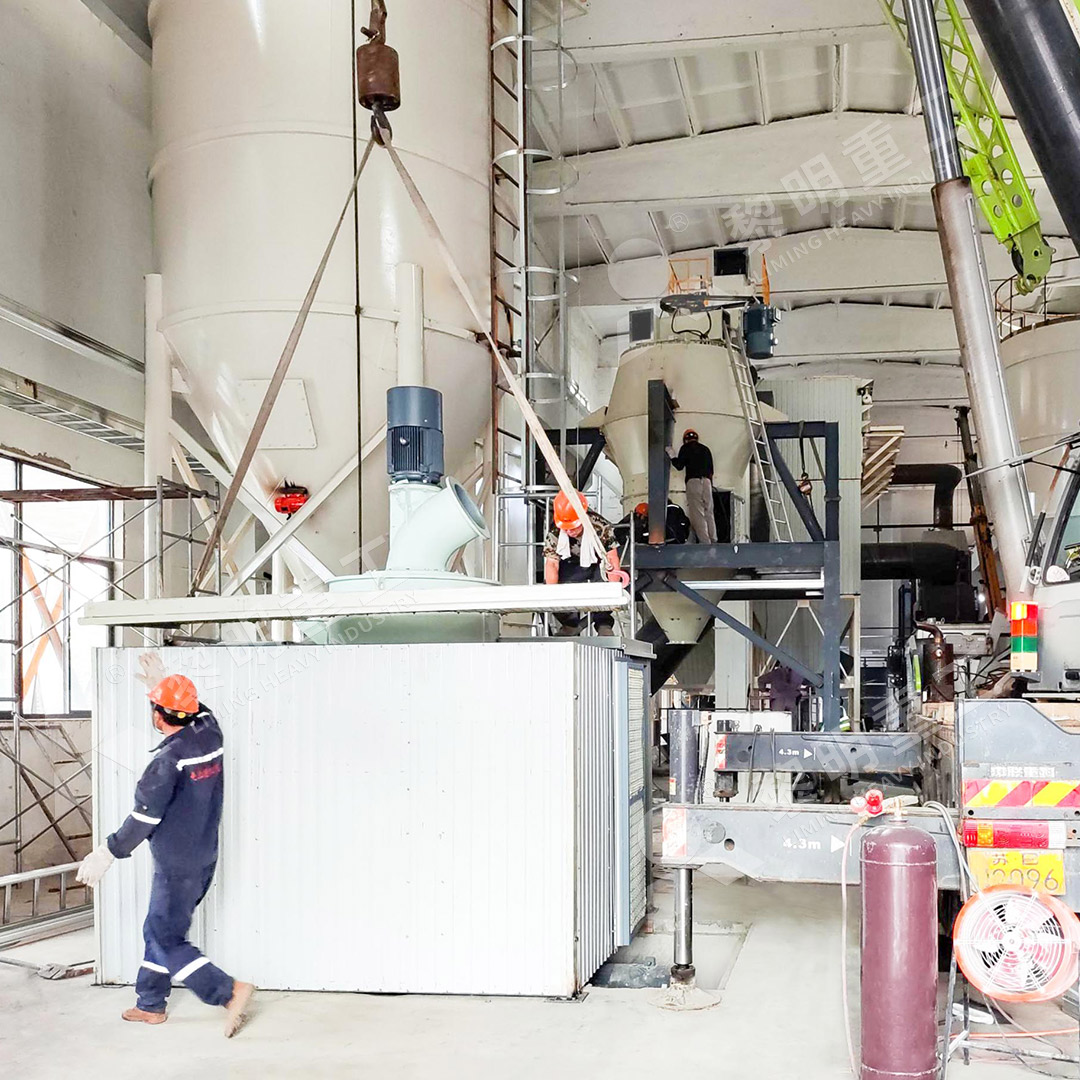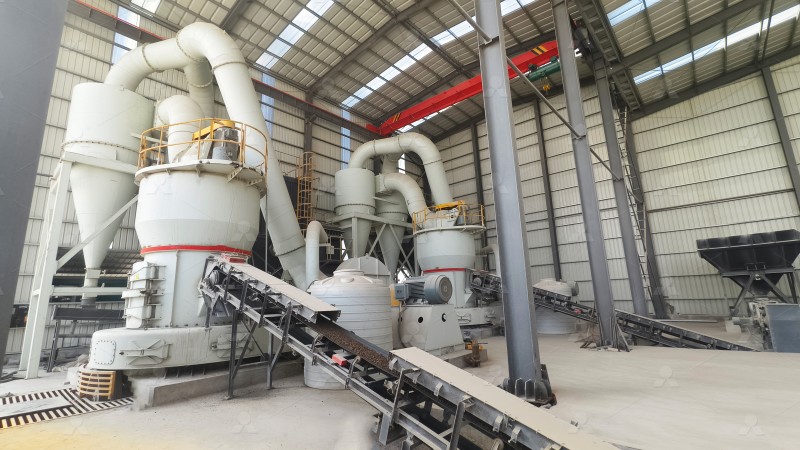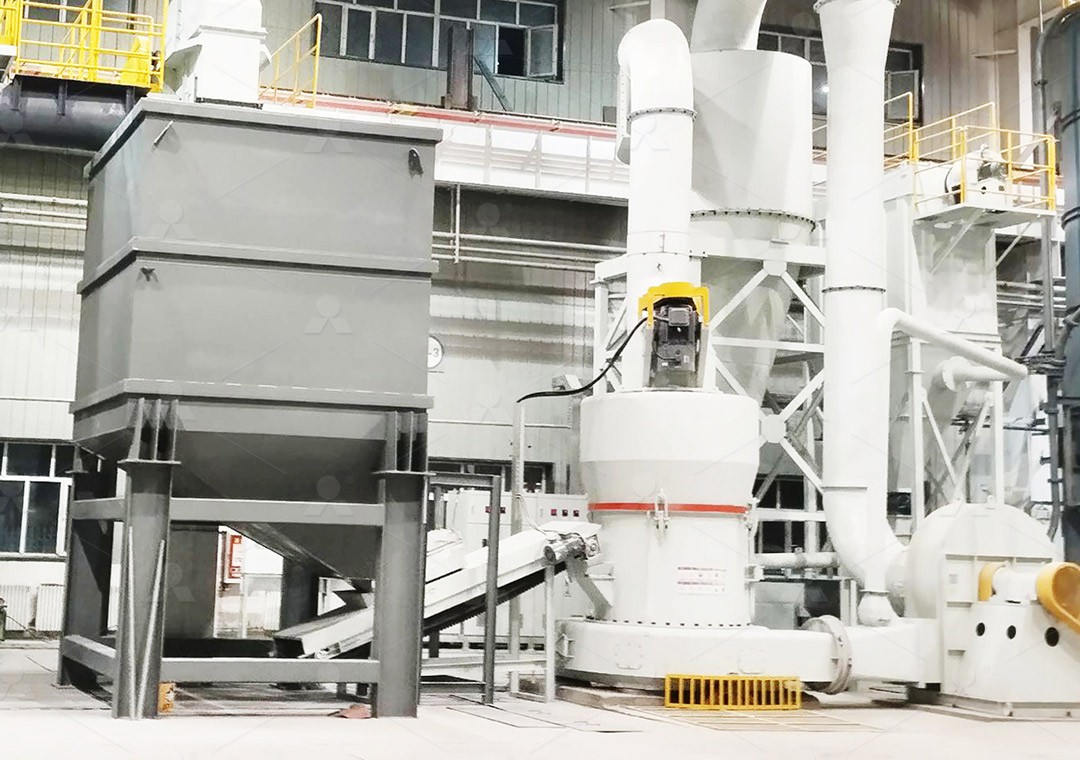Key Cement Grinding Mill Equipment for Efficient Powder Production
Key Cement Grinding Mill Equipment for Efficient Powder Production
In the competitive world of cement production, achieving optimal powder fineness and operational efficiency is paramount. The selection of appropriate grinding equipment directly impacts product quality, energy consumption, and overall profitability. Modern grinding technology has evolved significantly from traditional ball mills to sophisticated systems that integrate multiple processes while minimizing environmental impact.

Among the advanced solutions available today, the MW Ultrafine Grinding Mill stands out for operations requiring superior fineness control. This innovative equipment processes materials with input sizes up to 20 mm and delivers production capacities ranging from 0.5 to 25 tons per hour. What makes this mill particularly valuable is its ability to produce powders between 325-2500 meshes while maintaining consistent quality throughout extended production runs.
Critical Factors in Grinding Mill Selection
When evaluating grinding equipment, several technical considerations demand attention. Energy efficiency remains a primary concern, as grinding operations typically account for a substantial portion of a plant’s power consumption. Modern mills address this through optimized grinding curves and precision engineering that reduces energy requirements by 30-50% compared to conventional systems.
Operational reliability represents another crucial factor. Equipment design that eliminates rolling bearings and screws from the grinding chamber, as implemented in the MW Ultrafine Grinding Mill, significantly reduces maintenance concerns and prevents machine damage from loose components. This engineering approach extends equipment lifespan while minimizing unexpected downtime.

Environmental Compliance and Operational Safety
Contemporary grinding solutions must address environmental regulations while maintaining production efficiency. Integrated pulse dust collection systems effectively contain particulate matter, while advanced muffler designs and noise elimination technologies ensure operations remain within acceptable acoustic limits. These features allow facilities to meet stringent environmental standards without compromising throughput.
The LUM Ultrafine Vertical Grinding Mill presents another sophisticated option for operations prioritizing precision and stability. With its input size capacity of 0-10 mm and throughput of 5-18 tph, this mill incorporates German powder separating technology and Taiwanese grinding roller innovations. Its double position-limiting technology prevents destructive impacts during operation, while the reversible structure simplifies maintenance procedures.
Maximizing Return on Investment
Beyond initial equipment costs, forward-thinking operations consider total cost of ownership, which includes energy consumption, maintenance requirements, and production consistency. Mills featuring digitalized processing and numerical control manufacturing ensure higher precision in core components, translating to more consistent product quality and reduced wear part replacement frequency.

Comprehensive technical support and genuine spare parts availability further protect operational continuity. Manufacturers that maintain complete production and sales ecosystems can provide rapid response to technical inquiries and ensure authentic replacement components, eliminating compatibility concerns that often plague equipment maintenance.
Frequently Asked Questions
What maintenance advantages does the MW Ultrafine Grinding Mill offer?
The absence of rolling bearings and screws within the grinding chamber eliminates common failure points. External lubrication systems enable maintenance without production stoppages, supporting continuous 24-hour operation.
How does the LUM Ultrafine Vertical Grinding Mill improve product quality?
Its unique roller shell and lining plate grinding curve generates material layers more effectively, enabling high finished product rates from single-pass milling. This enhances both product whiteness and cleanliness.
What environmental features do modern grinding mills incorporate?
Advanced systems include efficient pulse dust collectors that prevent particulate emissions, combined with silencers and noise elimination rooms that reduce acoustic impact, ensuring full compliance with environmental standards.
How do these mills achieve energy savings compared to traditional equipment?
Optimized grinding curves, precision powder separation technology, and efficient mechanical designs reduce energy consumption by 30-50% while maintaining or increasing production output.
